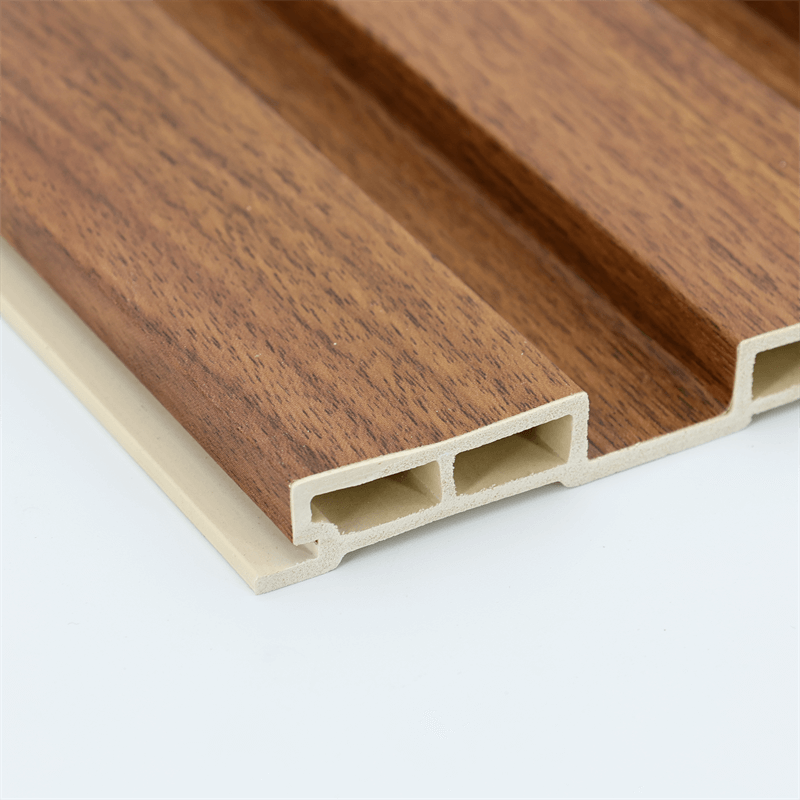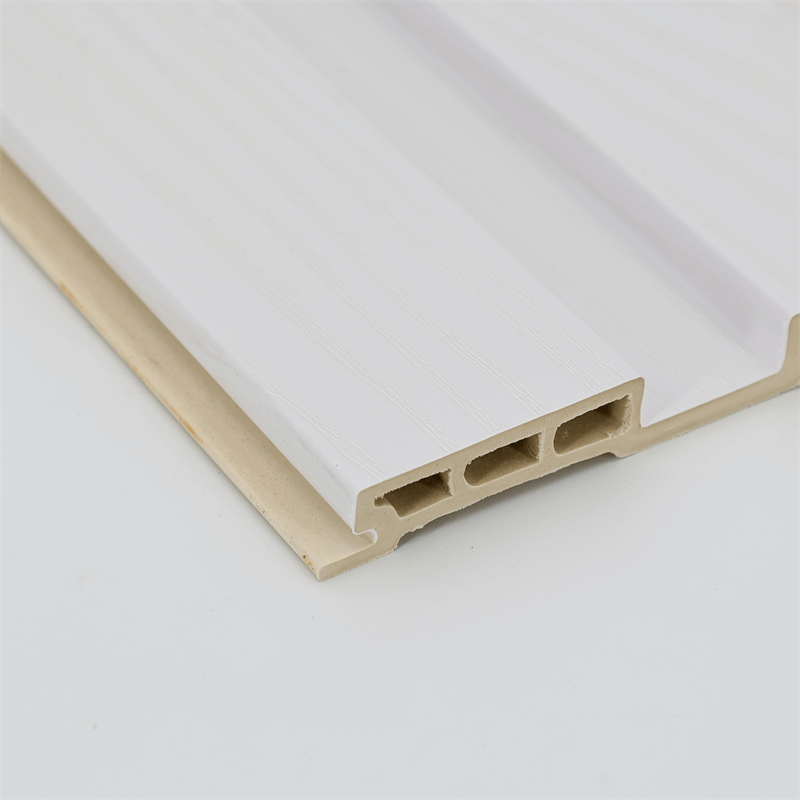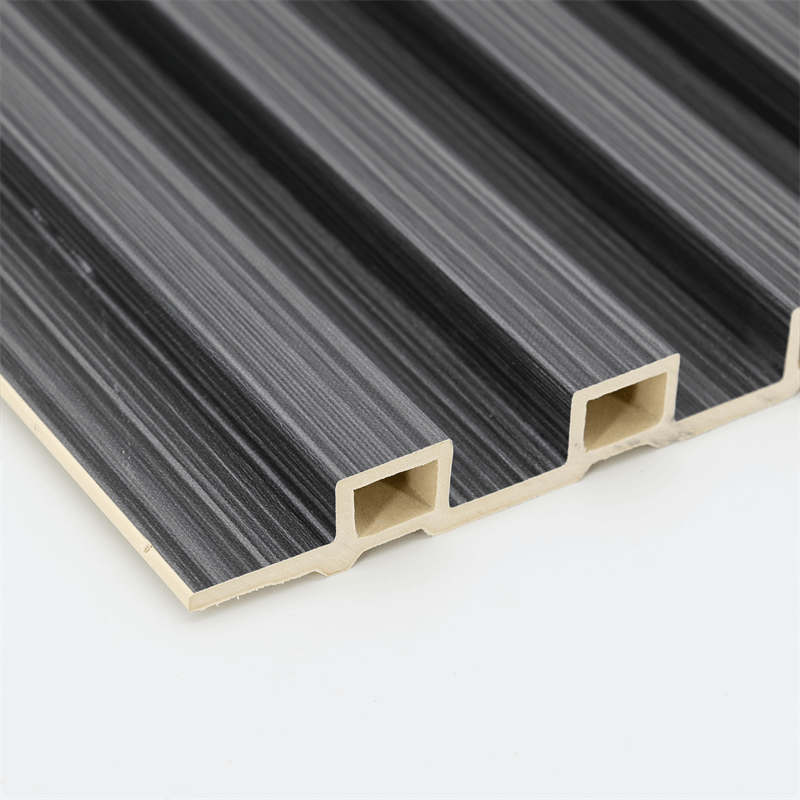
When it comes to interior design materials, durability and longevity are essential factors to consider.
WPC (Wood-Plastic Composite) wall panels have gained popularity in recent years due to their outstanding durability and long lifespan.
In this essay, we will delve into the various aspects that contribute to the durability and longevity of WPC wall panels.
We will explore four key areas: material composition, resistance to environmental factors, maintenance requirements, and their impact on long-term cost-effectiveness.
I. Material Composition of WPC Wall Panels
The material composition of WPC panels plays a significant role in their durability and longevity. Let’s examine the components and their contributions:
- Wood Fiber Reinforcement: WPC panels consist of a blend of wood fibers and thermoplastic polymers. The inclusion of wood fibers enhances the structural strength and durability of the panels. The fibers provide rigidity and stability to the material, ensuring it can withstand external forces and maintain its shape over time.
- Thermoplastic Matrix: The thermoplastic component, such as polyethylene (PE) or polypropylene (PP), acts as a binder, holding the wood fibers together and providing additional strength and durability. The thermoplastic matrix adds resilience to the panels, making them resistant to impacts and external stressors.
- Additives: Various additives, such as UV stabilizers and colorants, are often incorporated into the composition of WPC panels. UV stabilizers protect the panels from sun damage and fading, ensuring their color and structural integrity over time. These additives contribute to the overall durability and longevity of the panels.
II. Resistance to Environmental Factors
WPC wall panels exhibit remarkable resistance to a range of environmental factors, contributing to their durability and longevity. Let’s explore some key aspects of their resistance:
- Moisture and Water Resistance: One of the significant advantages of WPC panels is their resistance to moisture and water. Unlike traditional materials like wood, WPC panels do not rot, warp, or decay when exposed to moisture. This resistance makes them suitable for high-humidity environments such as bathrooms and kitchens, where moisture resistance is crucial for long-term performance.
- Termite and Insect Resistance: WPC panels are inherently resistant to termites and insects that can cause damage to traditional wooden materials. The thermoplastic component and the absence of organic matter in WPC panels make them unattractive to pests, ensuring their longevity and eliminating the need for chemical treatments or constant vigilance.
- Weather Resistance: WPC panels are designed to withstand various weather conditions, including extreme temperatures, humidity fluctuations, and exposure to sunlight. They resist cracking, warping, or fading, maintaining their structural integrity and aesthetic appeal even in harsh outdoor environments.
III. Maintenance Requirements of WPC Wall Panels
The maintenance requirements of WPC wall panels are relatively low, contributing to their long-term durability. Here are some key aspects of their maintenance:
- Easy Cleaning: WPC panels are easy to clean and require minimal maintenance. Regular cleaning with mild soap and water is usually sufficient to keep them looking fresh and free from dust or debris. The non-porous surface of WPC panels prevents staining and simplifies the cleaning process.
- No Painting or Sealing: Unlike traditional materials like wood or plaster, WPC panels do not require painting or sealing. The panels come in a range of colors and finishes, maintaining their appearance without the need for additional coatings. This saves time, effort, and maintenance costs in the long run.
- Resistance to Mold and Mildew: Due to their moisture resistance, WPC panels are inherently resistant to mold and mildew growth. This resistance eliminates the need for regular mold prevention treatments, reducing maintenance requirements and ensuring a healthier indoor environment.
IV. Long-Term Cost-Effectiveness of WPC Wall Panels
The durability and longevity of WPC wall panels contribute to their long-term cost-effectiveness. Let’s examine how:
- Reduced Replacement Costs: WPC panels have a long lifespan compared to traditional materials. Their resistance to wear, moisture, and pests reduces the need for frequent replacements or repairs. This saves on replacement costs, making WPC panels a cost-effective choice in the long run.
- Lower Maintenance Costs: The low maintenance requirements of WPC panels result in lower maintenance costs over time. The absence of painting, sealing, or regular treatments significantly reduces the ongoing expenses associated with upkeep, making WPC panels a financially sensible option.
- Time Savings: The durability and low-maintenance nature of WPC panels save time for homeowners and property managers. With minimal maintenance requirements and the ability to withstand environmental challenges, less time needs to be dedicated to repairs and upkeep, allowing for more focus on other aspects of property management.
In conclusion, the durability and longevity of WPC wall panels make them a practical and sustainable choice for interior design projects.
The material composition, resistance to environmental factors, low maintenance requirements, and long-term cost-effectiveness all contribute to their exceptional performance and longevity.
With their ability to withstand moisture, resist pests, and maintain their structural integrity, WPC panels offer a durable and aesthetically appealing solution that can stand the test of time.
As the demand for sustainable and long-lasting materials grows, WPC wall panels have proven to be a reliable option.
Their ability to maintain their appearance, withstand various environmental conditions, and require minimal upkeep positions them as a durable and cost-effective choice for both residential and commercial applications.
By choosing WPC wall panels, designers and homeowners can enjoy the benefits of a durable and visually pleasing interior space that will endure for years to come.


